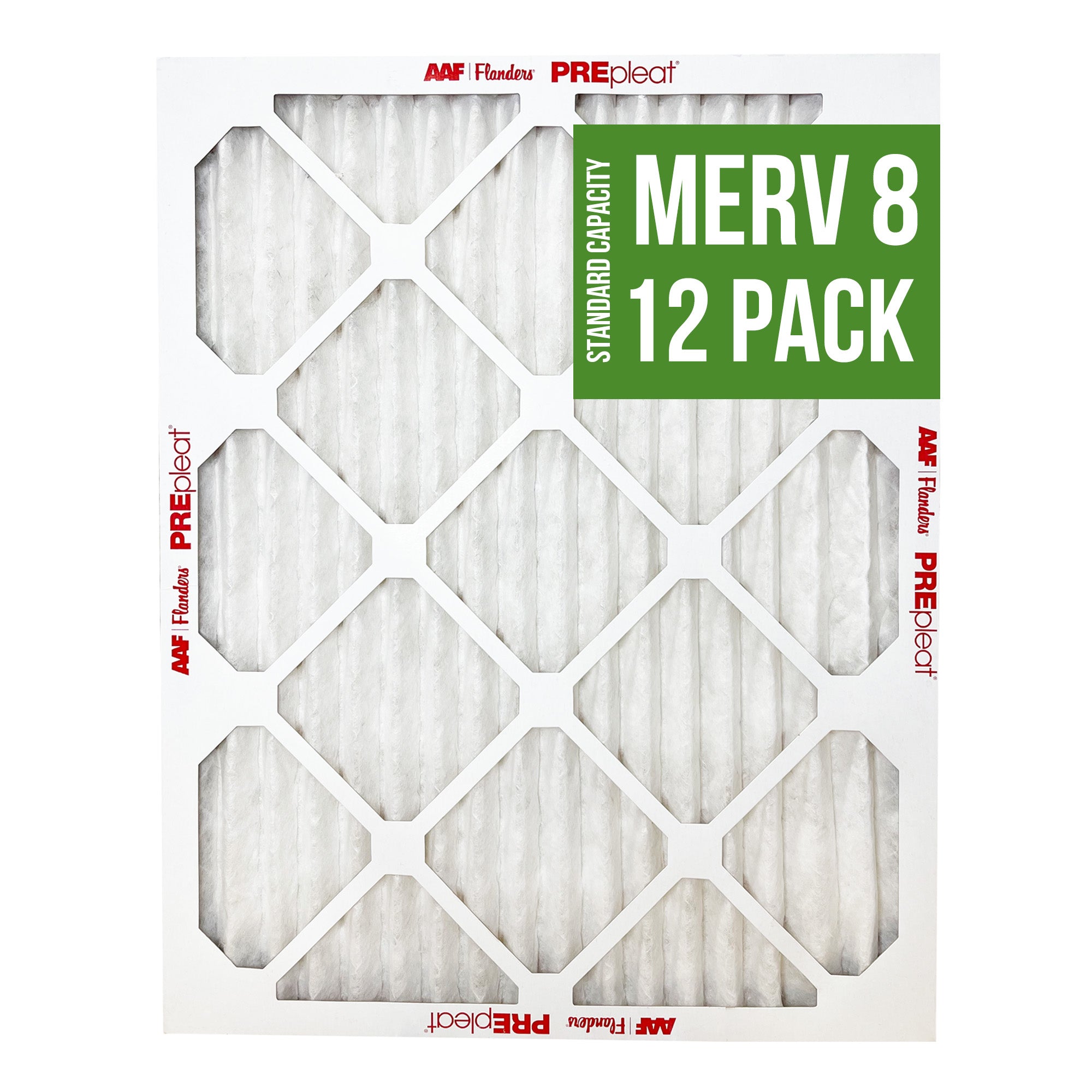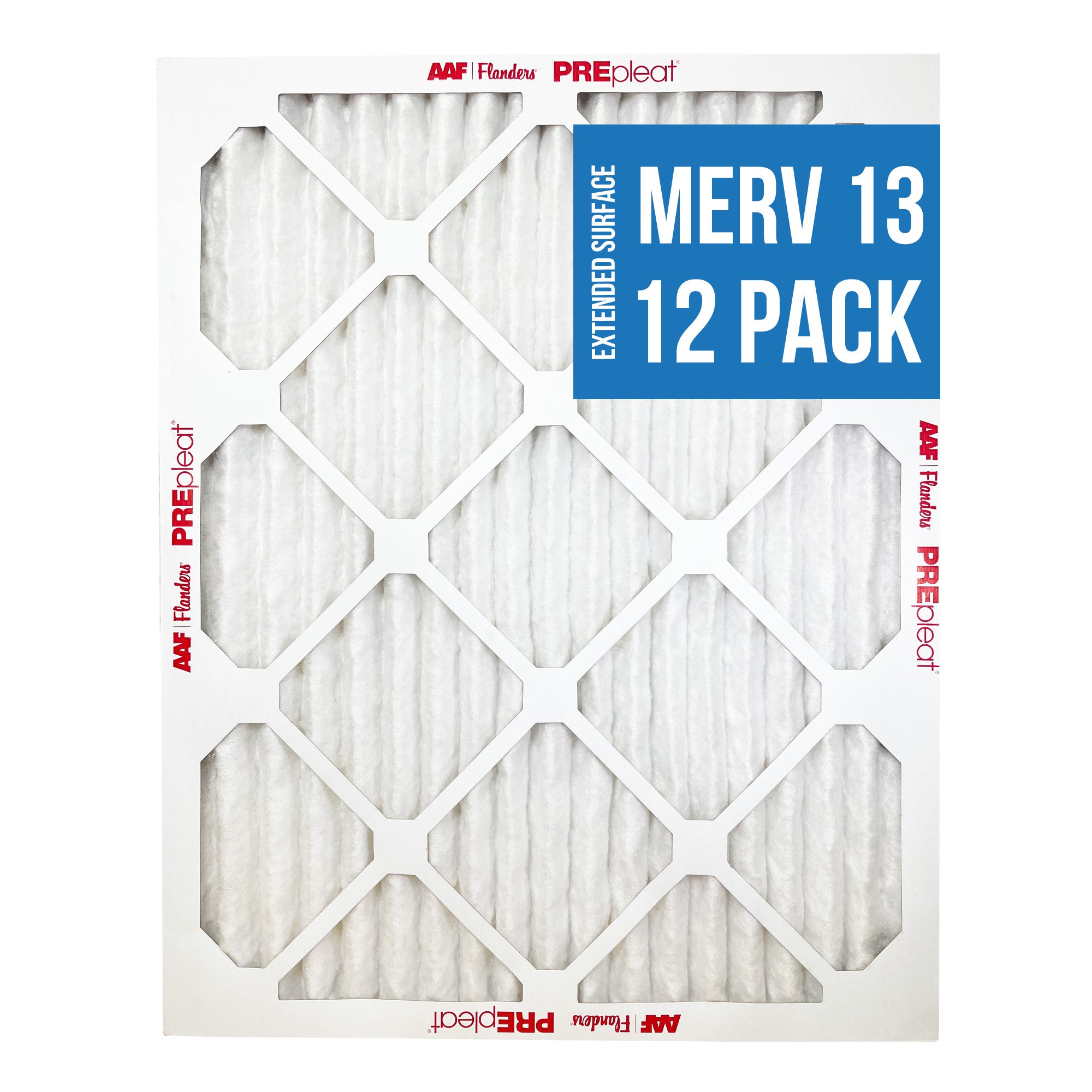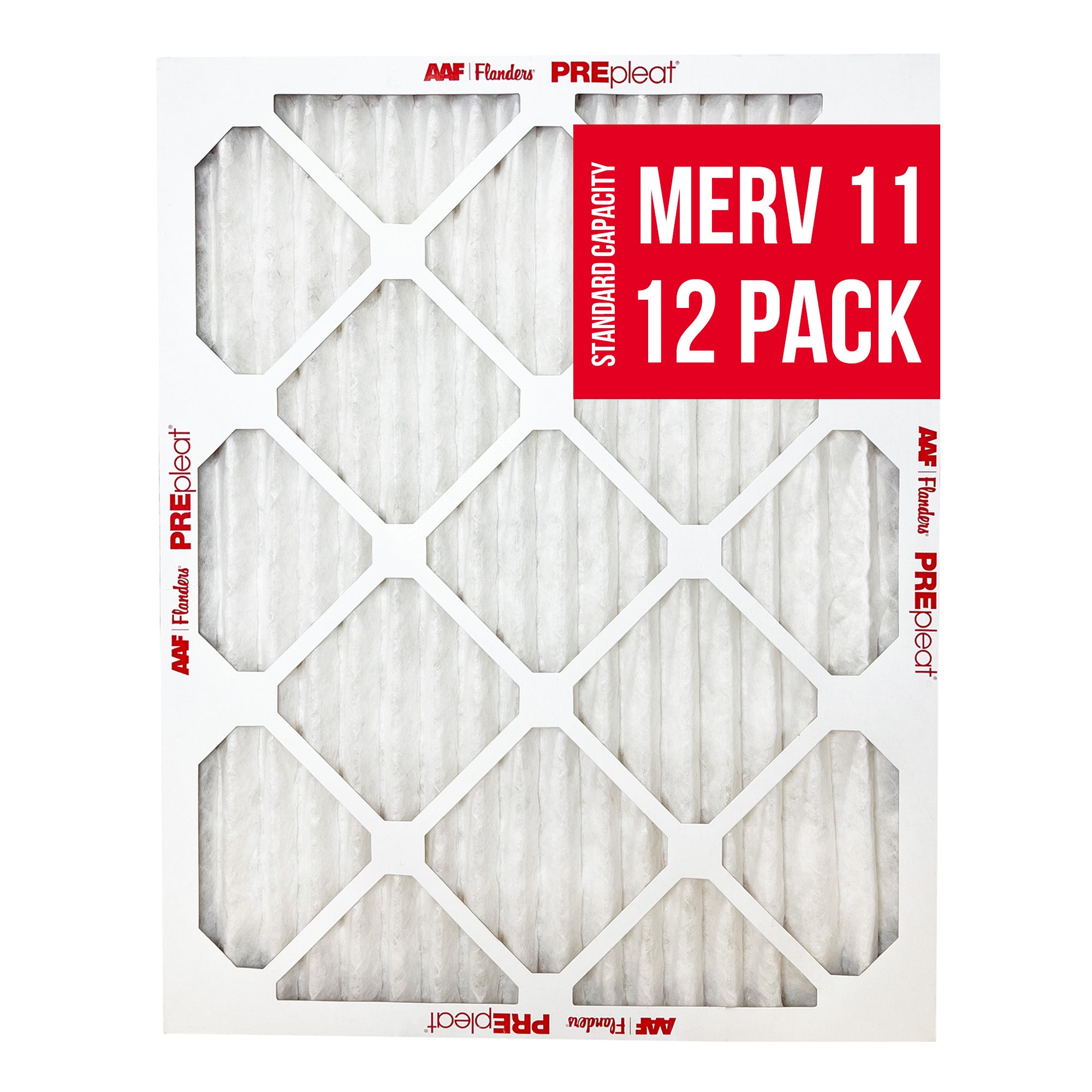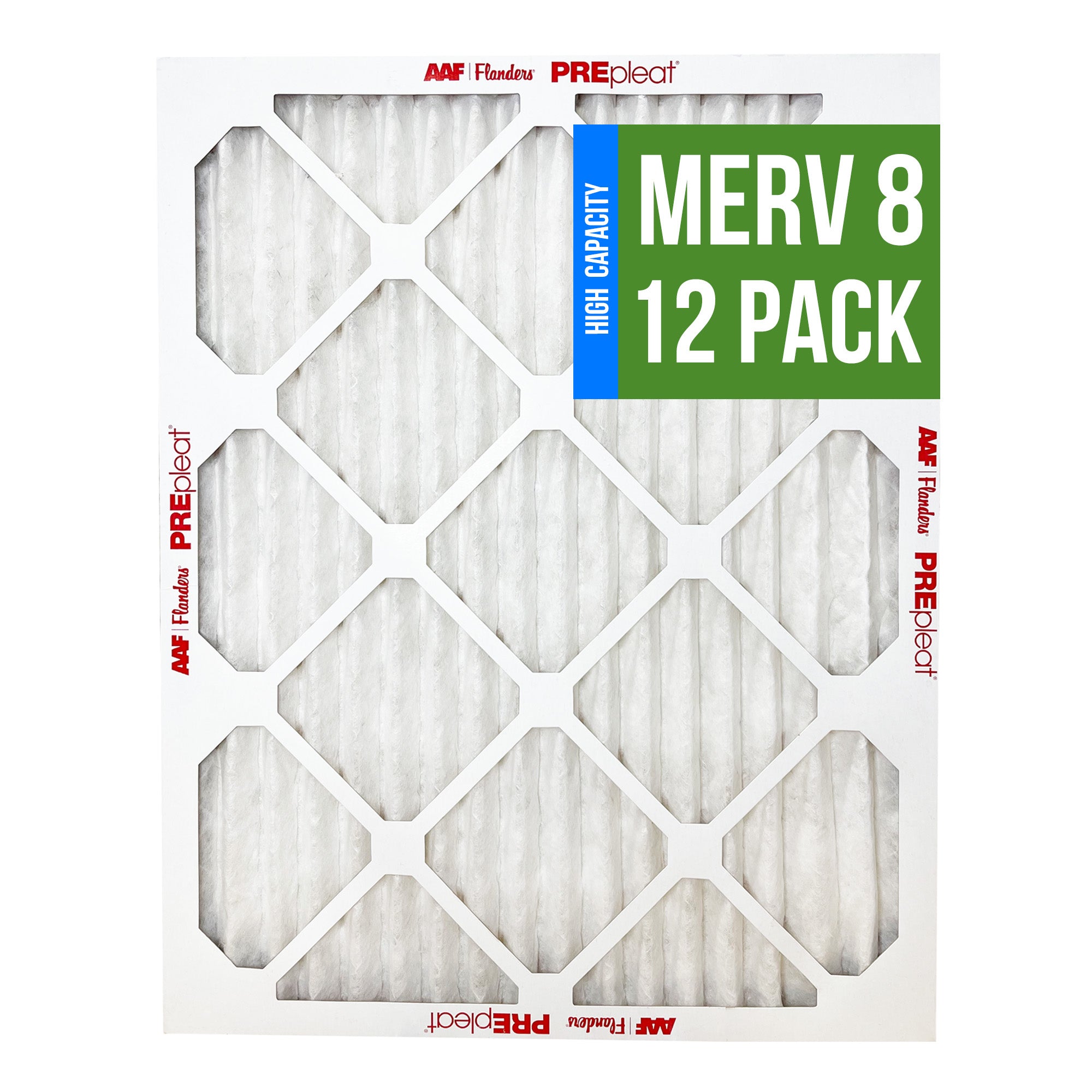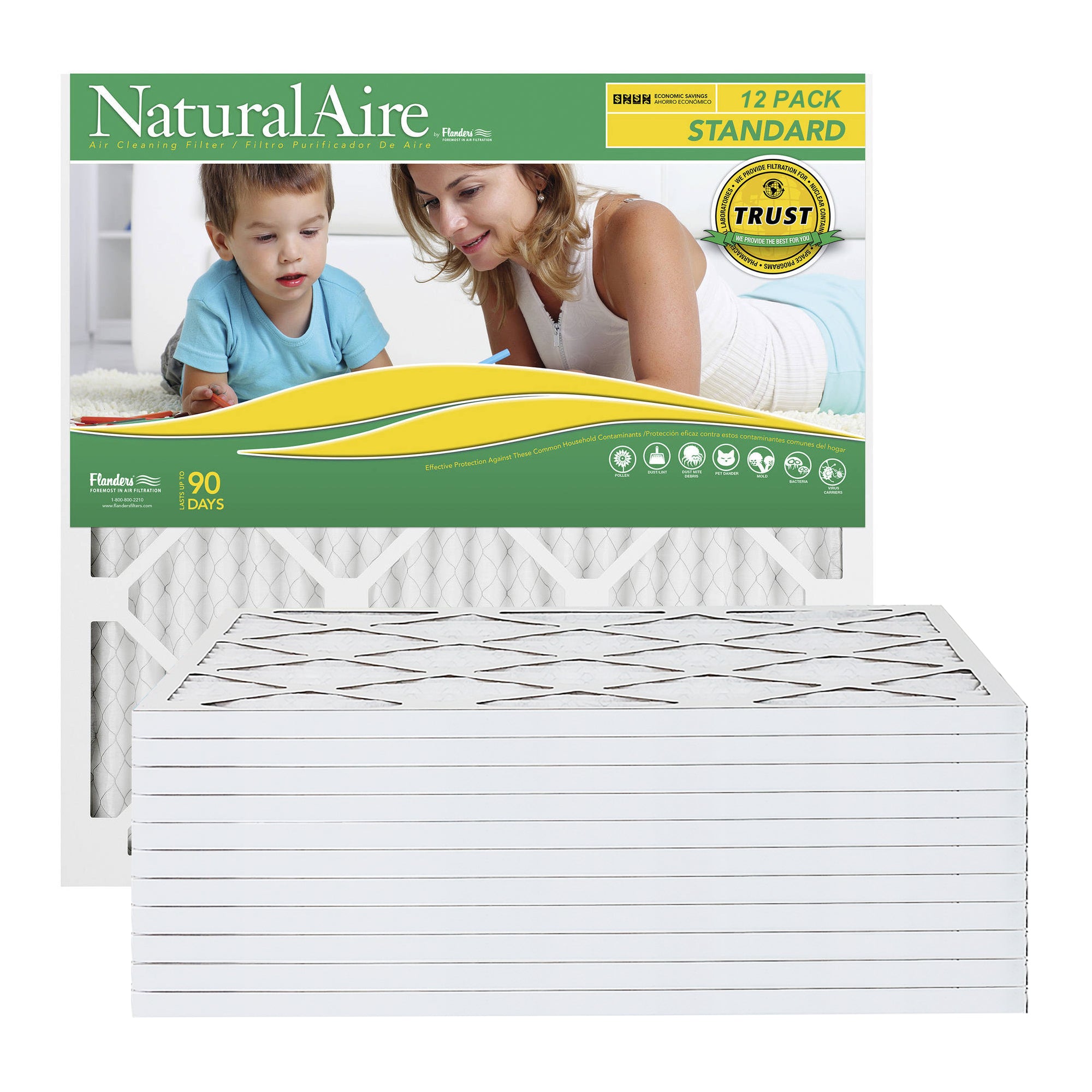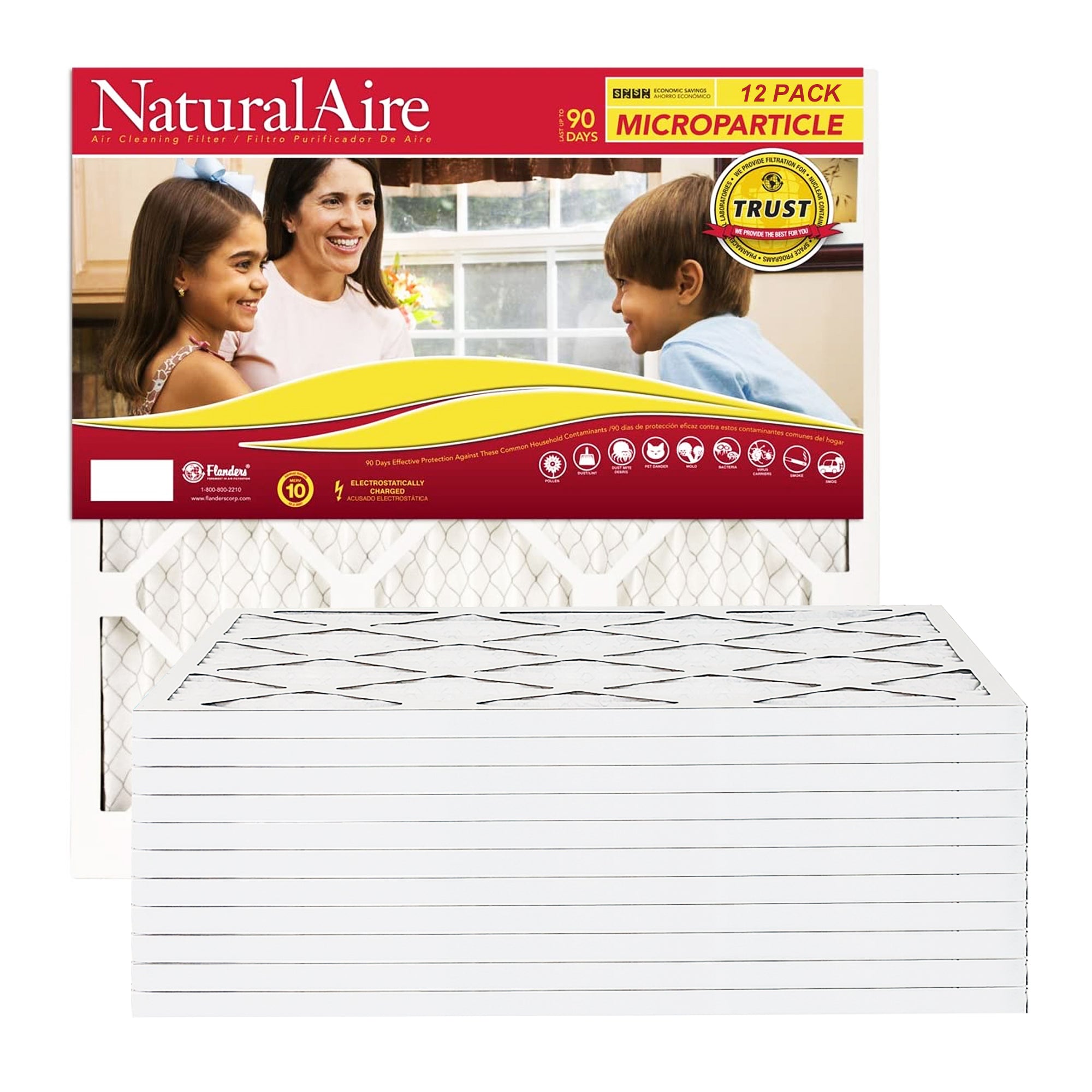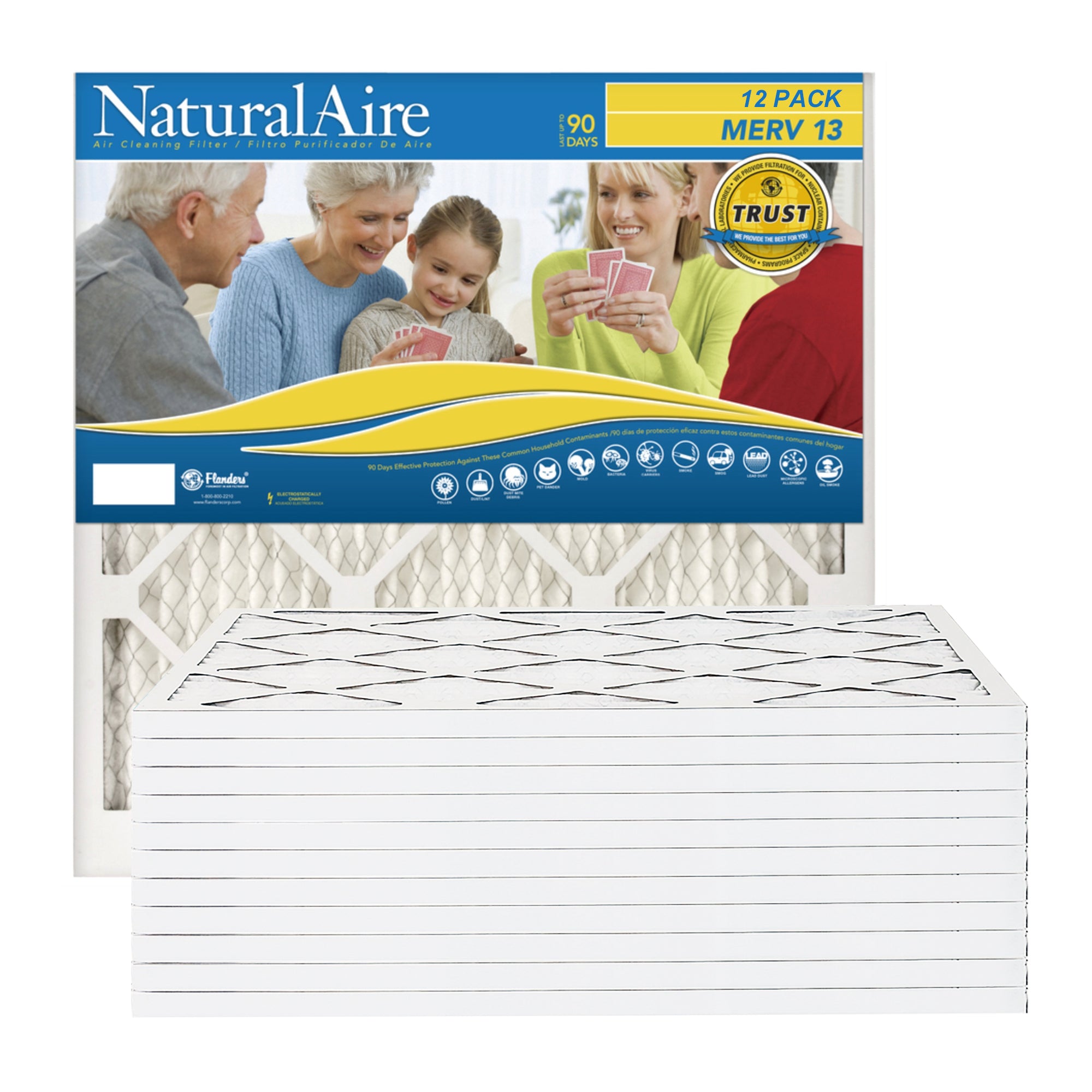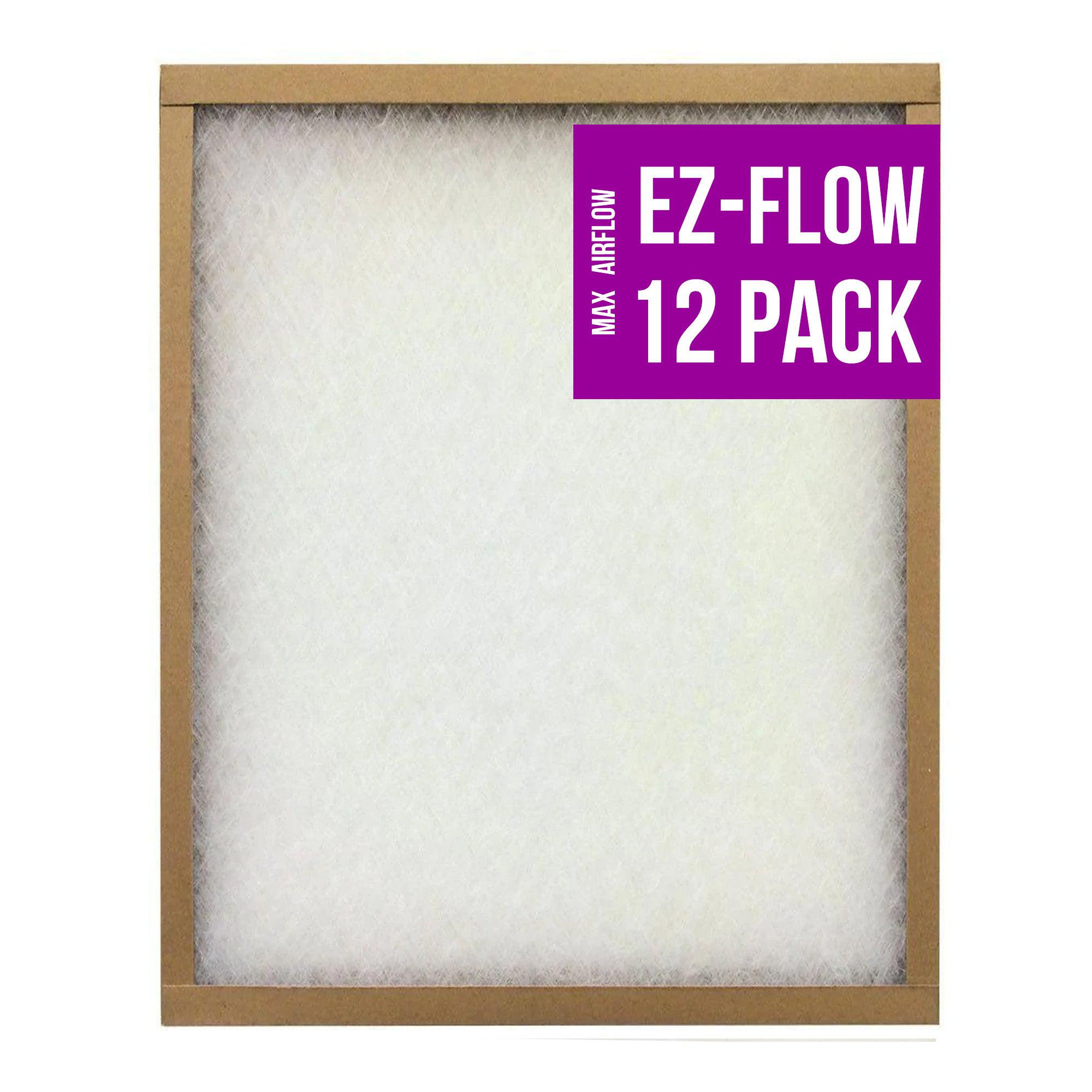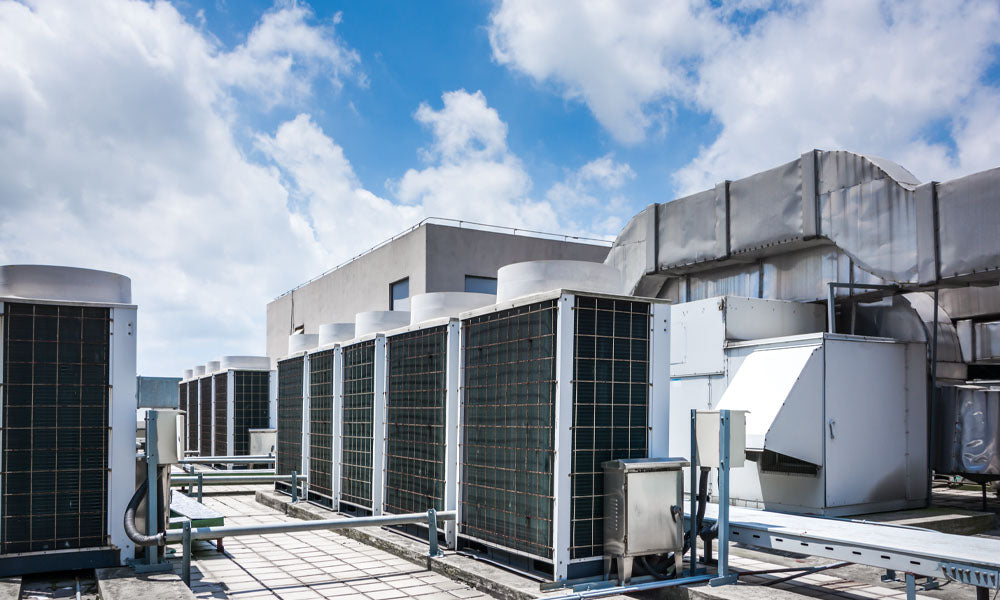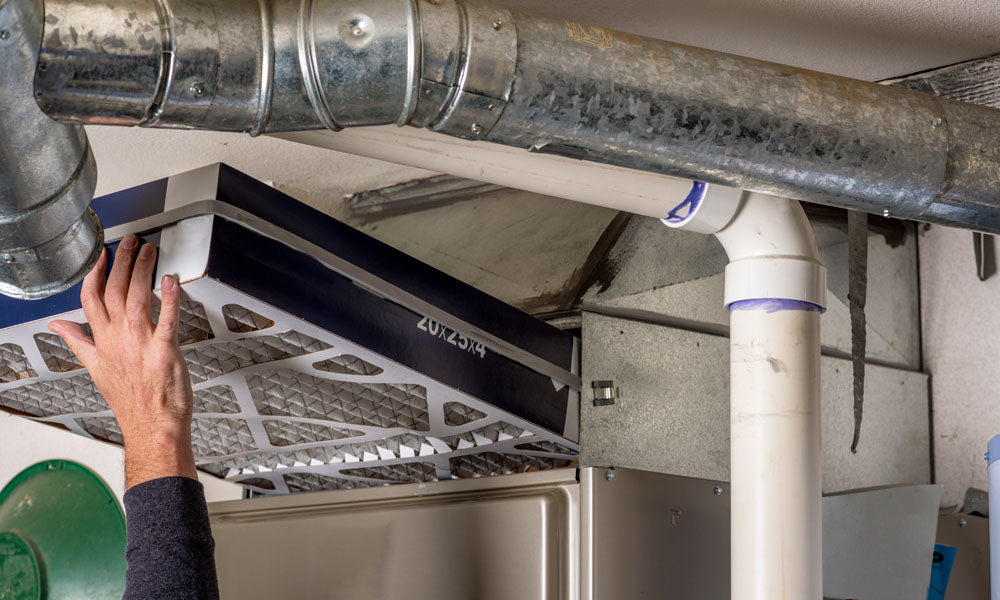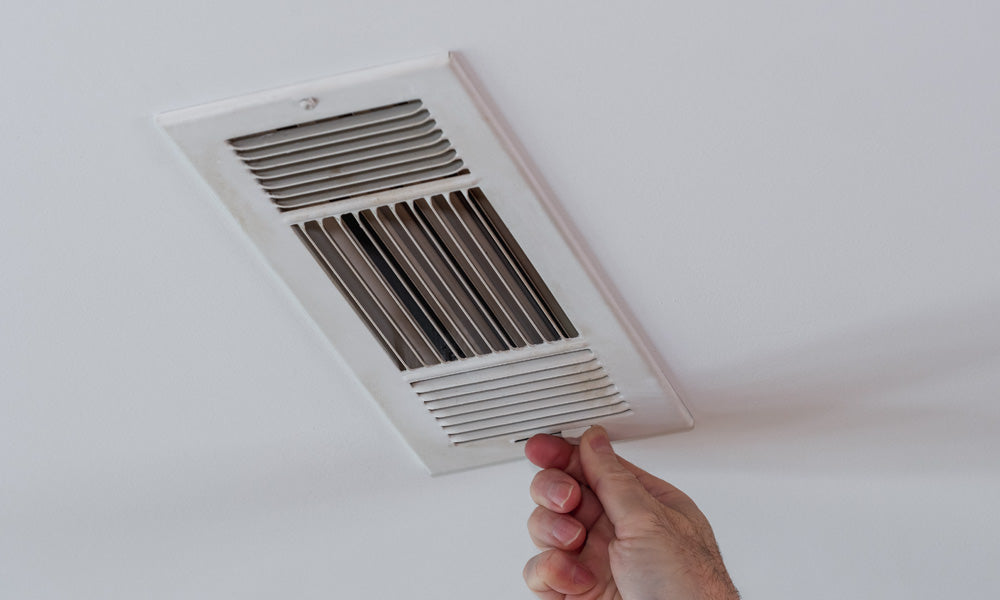Carbon, hydrogen, oxygen, and nitrogen: together, these four elements are the building blocks of life. However, the world isn’t quite that simple at the molecular level. Not every configuration of these atoms is one that’s favorable to life. For instance, the air we breathe is largely a mix of nitrogen and oxygen, with nitrogen representing most of the air’s volume. However, when nitrogen and oxygen atoms bond and form molecules, the results can be toxic.
Nitrogen dioxide, or NO2, is one nitrogen atom paired with two oxygen atoms. It’s a formula similar to that of carbon dioxide. And just like carbon dioxide, this gas can be harmful to people who inhale it. In today’s post, we’ll explore how nitrogen dioxide affects indoor air quality, how it can enter your home, and how to keep it out.
How Nitrogen Dioxide Enters the Home
Owing to the presence of those building blocks of life, nitrogen dioxide primarily forms during the combustion of the organic materials we use as fuel. Examples include wood, natural gas, and kerosene—all popular means of heating our homes. NO2 can enter from outside the home as well. The same burning of wood or fossil fuels in proximity to your home can send the byproducts of combustion into your home’s ventilation system.
The Effects of Nitrogen Dioxide
Once people begin inhaling NO2, its adverse effects manifest themselves quickly. Nitrogen dioxide irritates the mucous membranes of the nostrils, eyes, and throat. It also causes inflammation of the lungs and airways, which subsequently diminishes lung function.
And these are merely short-term effects. Long-term exposure to nitrogen dioxide can make people more susceptible to asthma attacks and respiratory infections due to the damage this gas does to tissue.
Another Effect: Ozone Formation
There’s another way that nitrogen dioxide affects indoor air quality, and it involves a chemical reaction that transpires beyond the naked eye. The ultraviolet radiation in sunlight breaks up NO2 molecules into nitric oxide and a single atom of oxygen. These single atoms bond to the oxygen we breathe, O2, to form O3, or ozone. You know ozone best as the stratospheric insulation through which our hair spray and appliances tear holes, but at ground level, it’s also a powerful disinfectant and irritant—and that means respiratory trouble from not one but two chemicals.
How To Filter It Out
Fortunately, homeowners can keep both nitrogen dioxide and ozone at bay with the proper precautions. Make sure that any home ventilation associated with furnaces or wood-burning stoves is in fine condition and that your HVAC system is working properly and efficiently. Finally, rely on a high-MERV HVAC filter to capture the particles that carry nitrogen dioxide. At Remember the Filter, you can order air filters online with a range of efficiency ratings and materials. It’s a comprehensive plan for keeping those misplaced building blocks of life from ending up anywhere else they’re not supposed to be.


